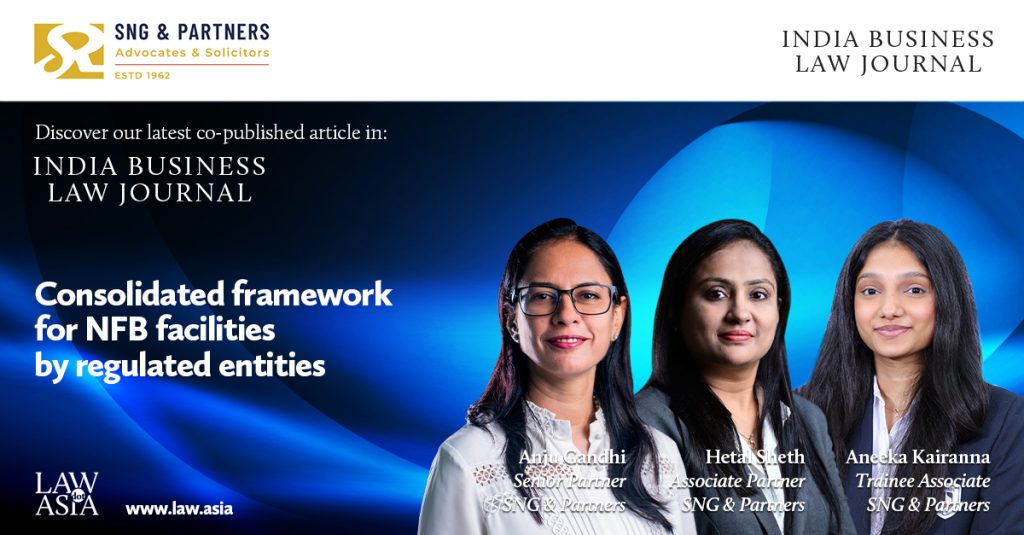Good quality housing, an efficient network of roads and services and social facilities upgrade the quality of life and translated into goodwill and better values for the project
In land-starved Mumbai, the obvious reason for redevelopment is to free land from low-intensity use by squatters from long ago. (Photo credit: Shaunak Modi via Wikimedia Commons)
Mumbai’s slum redevelopment caught my attention recently for three reasons. The Rs 4,000 crore Bhendi Bazaar redevelopment project in South Mumbai chose to celebrate the unique historicity of the locality that evolved as trade and commerce in Mumbai grew over a hundred years ago. The 16.5-acre plot in South Mumbai could well have housed the residents in a couple of towers and left the rest of the land for monetisation. But the Saifee Burhani Upliftment Trust (SBUT) chose to evolve it as a social development project for the 3,200 families and the 1,250 shops there. The project was even certified Indian Green Building Council (IGBC) Gold standard.
The second news was that the Brihan Mumbai Corporation (BMC) had purchased a plot in Dahisar for Rs 349 crore while it had already been assigned a value of just Rs 54 crore by the Slum Redevelopment Authority (SRA) because of its encroachments. The fair value of plots under the Right to Fair Compensation and Transparency in Land Acquisition, Rehabilitation and Resettlement Act 2015 (LAAR) was clearly just about seven times the SRA value it had when encroached. Slum dwellers were considered encroachers of land that was to be used for other facilities. Once the facilities were provided by the authorities, the land’s intrinsic value jumped.
But the original encroachers are often tucked away in tiny apartments in tall multi-storey apartments to lead lives in one-room-kitchen units of a maximum of 300 sq ft, mandated by the government. True, the move from 60 sq ft tenements to the 300 sq ft apartments is considered an upgrade. But the quality of life takes a beating till all social services are provided.
Better Valuation
However, the social upliftment and access to public space that formed part of the vision of the Bohra community leader, Syedna Mohammed Burhauddin, translated into wide roads, open podiums with fountains and play areas for the rehabilitated residents and well thought out architecture. The value of the space grew manifold. The original settlers included bachelors or single workers who lived in dorms while working in a newly evolving city, to the businessmen who set up business here in the late 18th century. As business grew, they paid pagri (lump-sum advances) to landlords, who ceased to take interest in the properties after the Bombay Rent Control Act came in 1946. But a rich cultural and social bonding had evolved within the community and translated into small imperceptible architectural features brought in by the Dawoodi Bohra, Memoni, Gujarati, Parsi and Kutchi families that came here and made it their home. These became the basis of the new architecture of the redeveloped community.
Umesh Jandial of Omkar Developers relied on robust redevelopment as a route to growth. He told me that the South Mumbai slum-dwellers, who were rehabilitated in the Mahalaxmi area had one-room-kitchen apartments which were now worth over Rs 70-80 lakh and those with sea views were worth over Rs 1 crore each. The people who were considered a nuisance to society had turned into tax-payers. A land that was often considered a den of vice had turned into a money spinner for the exchequer.
Monetising Land
In land-starved Mumbai, the obvious reason for redevelopment is to free land from low-intensity use by squatters from long ago. In the process, the area gets new service networks, and in some cases, just simply connecting roads that were interrupted by slum settlements. However, what makes some projects succeed, while others remain also-rans?
In most cluster redevelopment projects, Sadhav Mishra, Partner, SNG & Partners, Advocates & Solicitors, notices delays in providing infrastructure such as internal roads. Developers focus on quickly constructing buildings where they earn revenue as compared to providing infrastructure and amenities for better habitation. Then disputes, reneging by slum dwellers post-signing Letters of Intent (LoI) stalls projects. In many cases, city authorities take time to give clearances and slum developers hive off the slum portion to another developer while they concentrate on the free sale component. A dispute between the two developers generally leads to stalling of the slum projects.
In the Bhendi Bazaar project, the conversation began in 2008-09 and by 2010 the LoIs were signed with 70 percent of landlords. To house the residents, the trust bought MHADA houses on a two-acre plot about 2 km away and upgraded the units to house at least 1,000 residential tenants. Once they saw the quality of housing in the temporary settlements, says Murtaza Sadriwala, there was no question of reneging on the LoIs. Also, since it was an upliftment project, they were all on the same side. The settlers who stayed in one-room-kitchen units of 250 sq ft were now getting 350 sq ft carpet area with two western toilets and an attached shower. Even commercial tenants were being given ownership rights as per their properties. Designed to attract customers, they resolved fears of loss of footfalls through dialogue. Now 610 families and 128 business owners have already moved in. Using mivan technology, a slab could be cast every 10 days. Green podiums with native trees made sure that lifestyles were upgraded. The buildings were planned using the best architects who focussed on orientation for the best flow of light and air.
Better Quality Of Life
Development Control and Promotion Regulations-2034 (erstwhile Development Control Regulations, 1991) require the provision of social facilities such as anganwadi, health centres, community halls, fitness and skill development centres, etc. Execution of these and basic infrastructure work to upgrade the lives of the resettled dwellers is required.
Jandial has a selfish motive within the altruistic completion of internal roads, quality housing and robust retail eco-systems that are created. If the developer has a track record of good rehabilitation, the next lot of slum dwellers would prefer them. In a land-starved city, this goodwill hunting is just plain good business sense. And for the ones seeking resettlement, it is good that they would not have to battle reluctant developers to get good living conditions. The biggest winner is the city and its authorities who convert non-paying informal settlements to robust paying enclaves.



